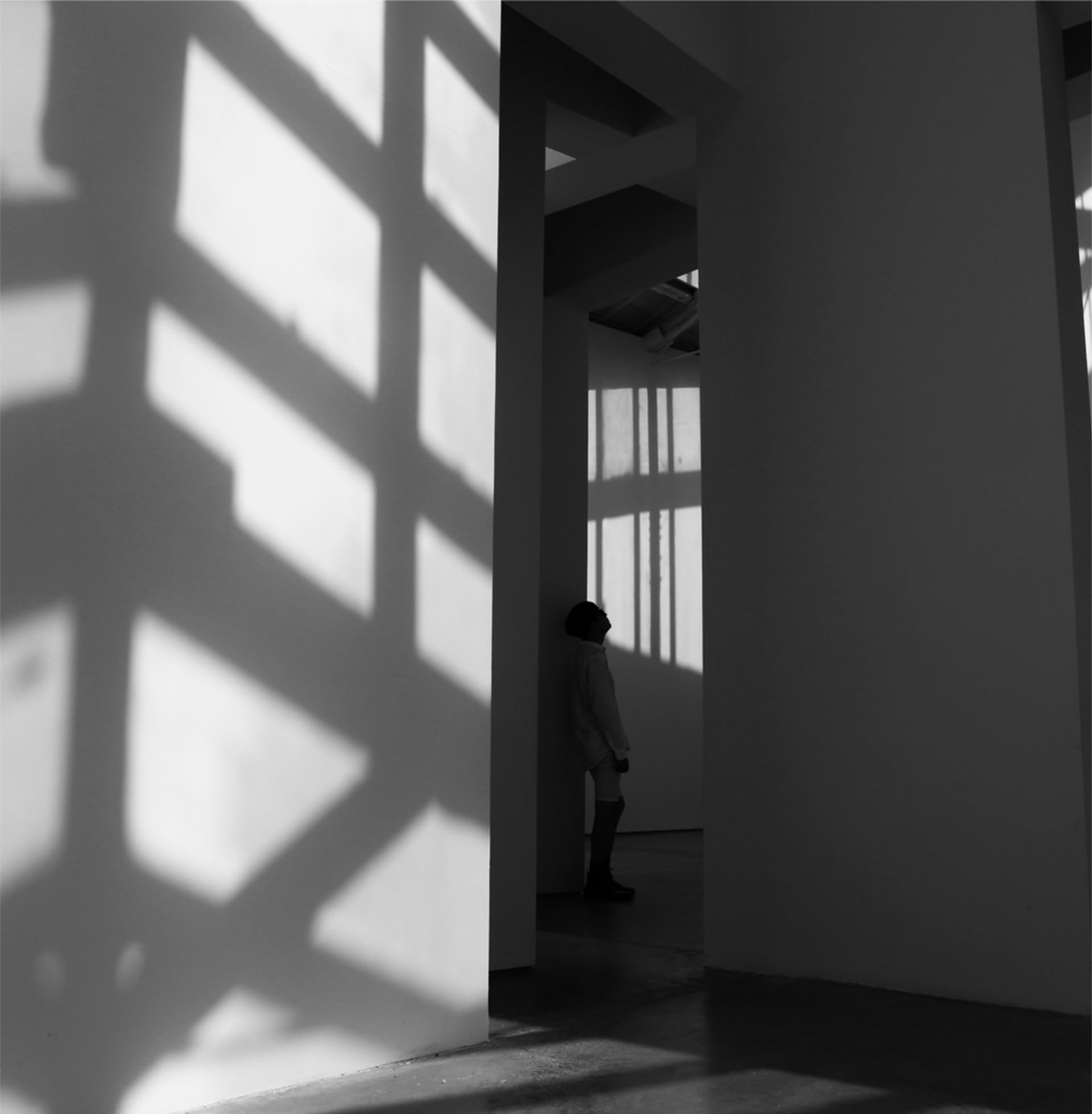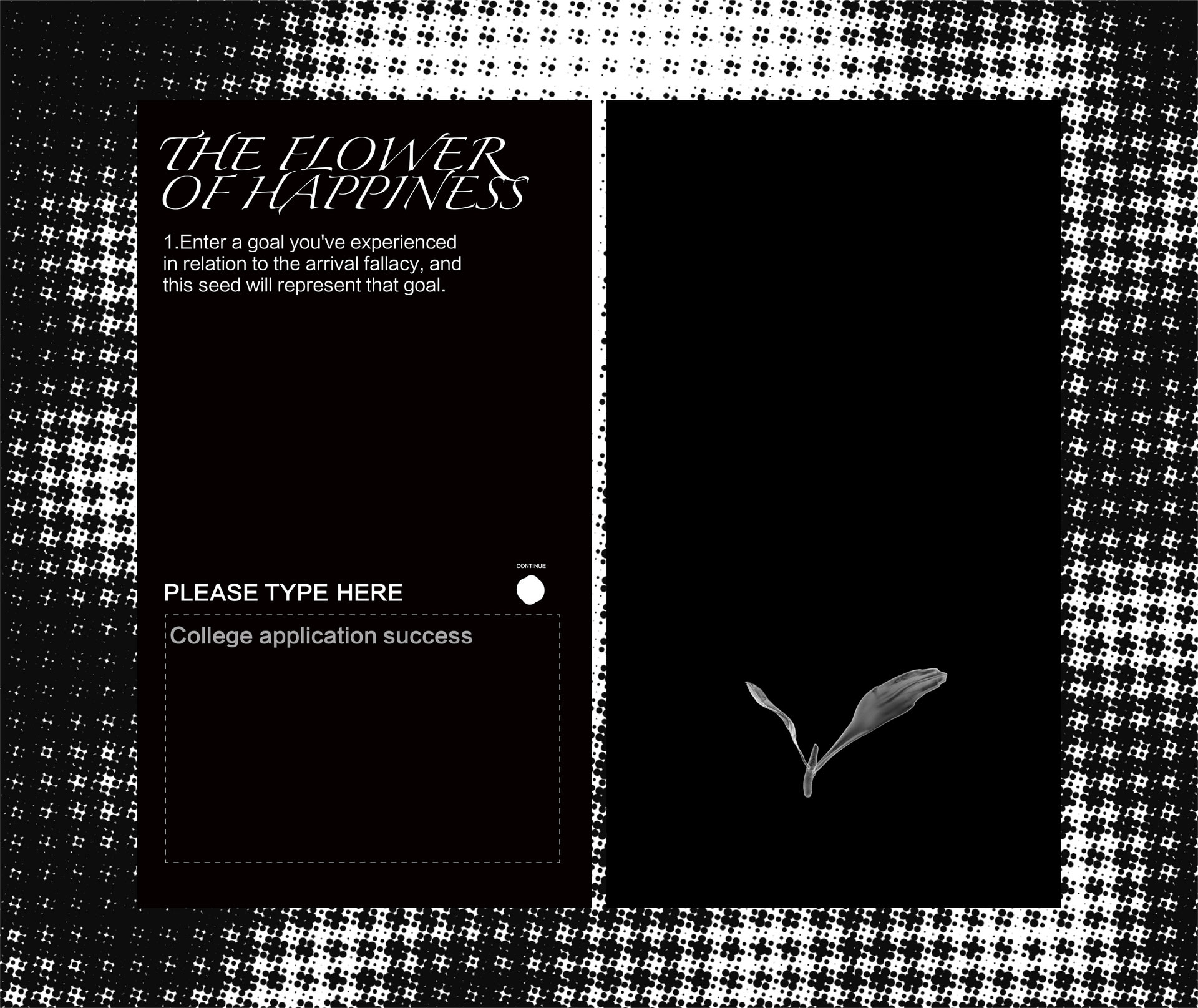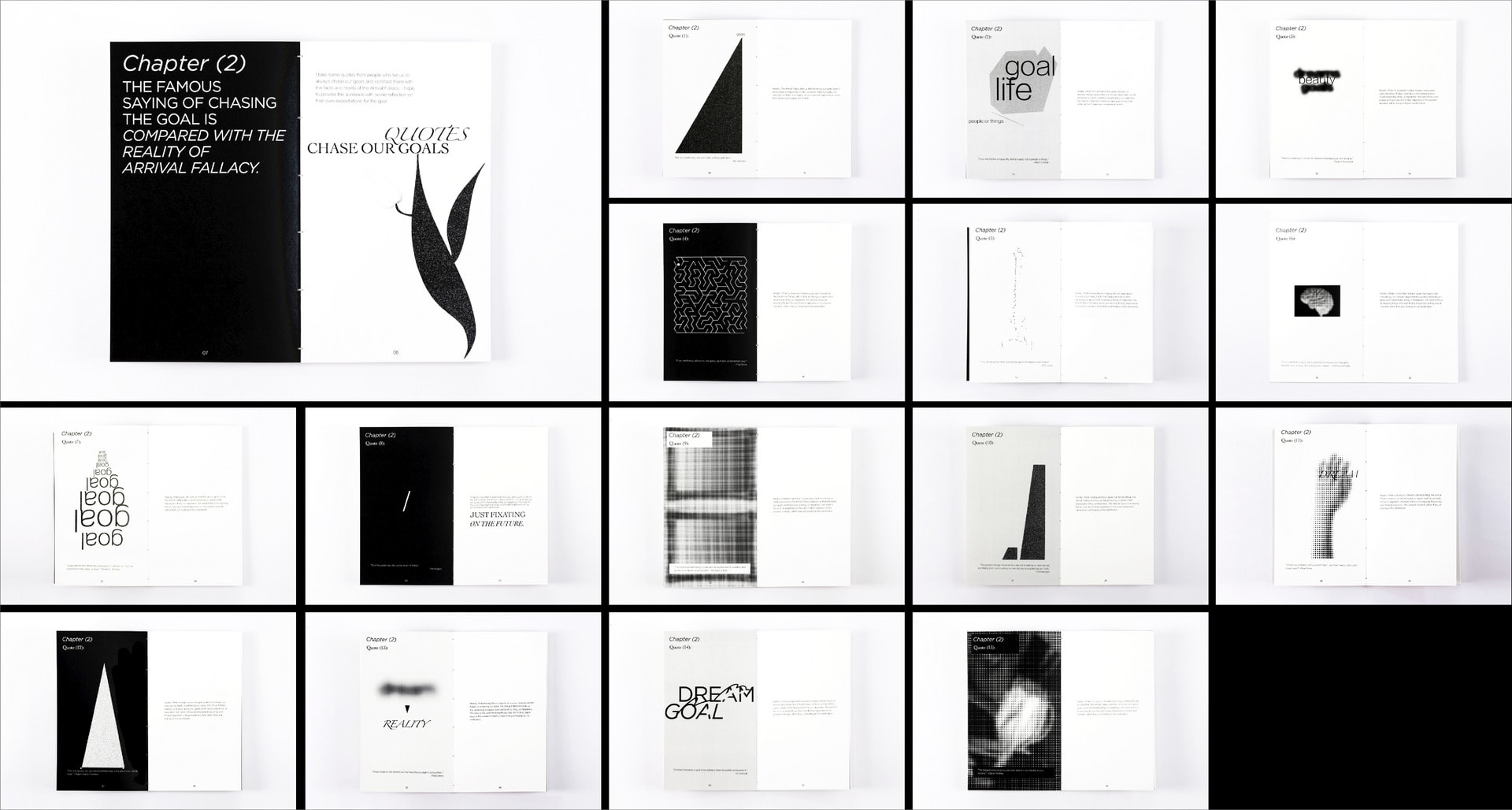This project is a centre for selling air. This speculative design is a reflection on the nature of air in the future when large-scale air pollution will cause most people to be unable to access clean air. When only a few areas have clean air, people will start selling clean air according to demand. The transformation of air from a public good to a private good will take place.
Air pollution in many places around the world is a serious problem. Current data shows that in 2023, about 10 million people worldwide will die from air pollution. Based on the analysis of the current pollution situation, I have made a speculative design of an air trading centre. In this future world, people will commercialise the air with conventional commercial behaviour so that the use of air will change from a public service to a private service. It will change people's values and the world’s outlook on air. This project is divided into four parts: sales display, activities, video, and a limited 30-box empty sale display.
Part 1 Selling Air
There are posters selling four types of air. Different prices are also marked above. It represents the commoditization of public goods.
Part 2 Website Display
Using the website, people can buy air and get membership cards and redemption coupons. The site imitates conventional commercial behaviours so that people who experience this process can feel the deprivation of the right to use air by commercialization.
Part 3 Limited to 30
In this part, I collected 30 advanced clean air balloons and put them in a box, limited to 30 pieces. People can't buy it normally, instead they can only buy it after a lottery on the website. This further strengthens the concept of the commodification of public goods.
Part 4 How to Use Balloons
Take a video of using a balloon to inhale clean air. There is also a companion booklet instructing people on how to use the balloons.
The significance of this project is to ask people to pay attention to air pollution, and to speculate on the fact that severe air pollution in the future will pose a threat to human health, and at the same time, lead to changes in the nature of clean air, and the right to use clean air.





























